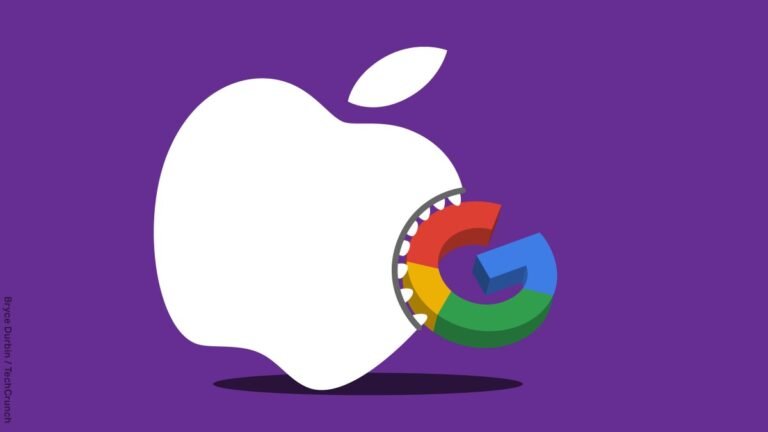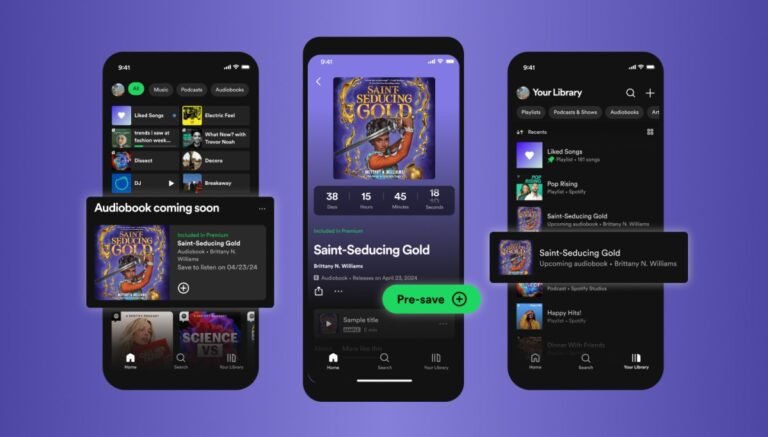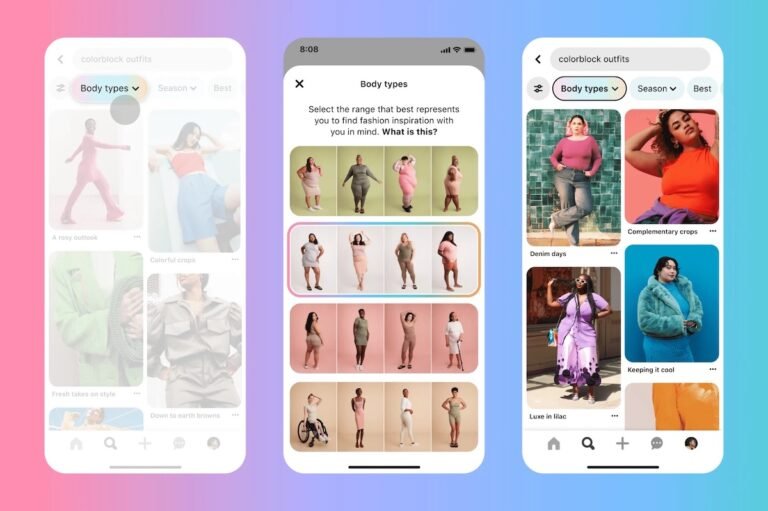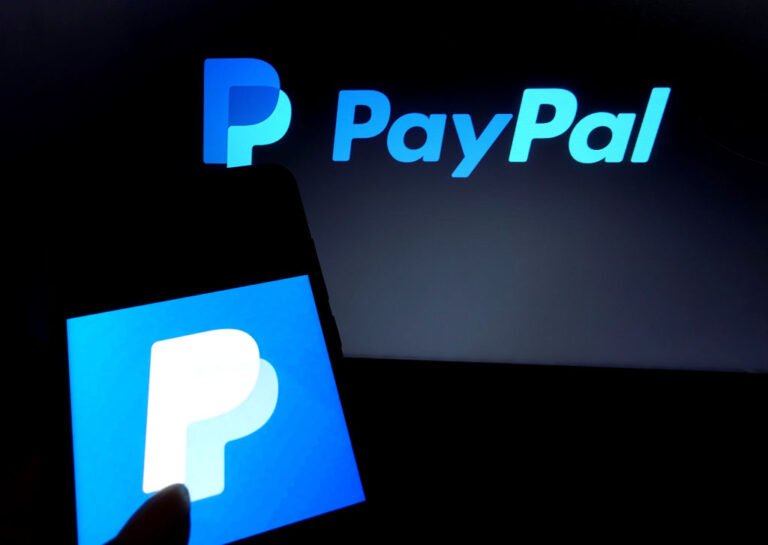
Apple is looking to team up with Google for a mega-deal to leverage the Gemini AI model for features on iPhone, Bloomberg reported.
There is surmounting pressure on Apple to catch up with competitors in the AI field such as OpenAI, Microsoft, Anthropic, and even Google.
Later, Google CEO Sundar Pichai said that Gemini’s responses were “completely unacceptable”.
Earlier this year, the company partnered with Samsung to introduce Gemini-powered AI features on the Galaxy S24 series of devices.
We have reached out to Apple and Google for a comment, and we will update the story if we hear back from them.

Instagram is working on a feature that would allow you to let others put a ‘Spin’ on your ReelInstagram is working on a “Spins” feature for Reels, its short-form video TikTok clone, the company confirmed to TechCrunch.
The feature, which was first spotted by reverse engineer Alessandro Paluzzi, would allow other users to swap out the text or audio in your Reels.
The feature could be used as a way for users to start trends by creating templates that other people can then put their own creative spin on.
#Instagram keeps working on “Spins” for #Reels 👀 ℹ️ Allow people to swap out text or audio in your Reel.
If released, the new feature would give Reels users and viewers access to a functionality that isn’t available on TikTok.

Withings started previewing its cycle tracking feature in some markets in September 2023 when the ScanWatch 2 launched.
“The menstrual cycle tracking feature was one of the top feature requests of our community.
(Incidentally, it is possible to use temperature tracking as a proxy for cycle tracking, but you have to be very accurate with the measurement).
By integrating menstrual cycle tracking, Withings acknowledges the complex and nuanced nature of health — and adds more features to help track, measure and predict.
The market Withings is going after with its cycle tracking feature is absolutely mind-bogglingly large.

Spotify is enhancing its audiobooks streaming service with a feature that may be familiar to the app’s music consumers: Countdown Pages.
For audiobooks, the Countdown Pages will allow Spotify’s users to pre-save books ahead of their release.
With the addition of the new Countdown Pages feature, Spotify hopes to grow the service’s adoption further by tapping into its larger global user base of over 600 million listeners.
Otherwise, Spotify’s free users can now opt into a standalone audiobooks subscription for $9.99 per month, which debuted earlier this month.
Countdown pages for audiobooks will launch in all markets where Spotify’s audiobooks are available, including the U.S., U.K. Australia, Canada, Ireland and New Zealand.

DoorDash hopes to reduce verbally abusive and inappropriate interactions between consumers and delivery people with its new AI-powered feature that automatically detects offensive language.
Dubbed “SafeChat+,” DoorDash is leveraging AI technology to review in-app conversations and determine if a customer or Dasher is being harassed.
The feature is an upgrade from SafeChat, where DoorDash’s Trust & Safety team manually screens chats for verbal abuse.
The company tells TechCrunch that SafeChat+ is “the same concept [as SafeChat] but backed by even better, even more sophisticated technology.
It can understand subtle nuances and threats that don’t match any specific keywords.”“We know that verbal abuse or harassment represents the largest type of safety incident on our platform.

Pinterest rolls out its ‘body type ranges’ tool to the USPinterest announced today that its tool for filtering searches by different body types has officially rolled out to users in the U.S.
To use the feature, users can type into the search bar and select the “Body Types” option to see four different body types at the top of the results page.
If a user selects the same option twice, the body type selection can be saved to their device.
Pinterest’s body type ranges feature is currently only available for women’s fashion and wedding ideas.
When testing the feature, Pinterest saw that users who used the tool had a 66% higher engagement rate per session, Pinterest chief product officer Sabrina Ellis shares.

PayPal launches Tap to Pay on iPhone for businesses using Venmo and Zettle in the USPayPal announced today that it’s launching “Tap to Pay” for merchants with an iPhone through the Venmo and Zettle apps in the U.S. PayPal, which owns both Venmo and Zettle, says the feature will allow businesses to accept contactless card and digital wallet payments directly on their iPhones with no additional cost or hardware.
In addition to being able to accept payments from cards or digital wallets like Apple Pay or Google Pay, Tap to Pay allows merchants to add taxes, accept tips, send receipts and issue refunds without any additional hardware.
Funds from sales are quickly put into a business’s Venmo or PayPal Zettle account, the company says.
With Tap to Pay on iPhone, Venmo business profile users will be able to reach for customers by accepting payments from buyers even if they don’t have a Venmo account.
A year later, Strip enabled businesses to carry out Tap to Pay transactions on NFC-equipped Android devices, as well.

Uber Eats is adding a live location sharing capability to help couriers find customers in difficult-to-find locations, including public places such as campus courtyards, parks, and playgrounds.
Uber Eats is available in over 11,000 cities across six continents.
Uber Eats stops sharing the location once the order is delivered.
The company hopes its new live location sharing feature will help solve a major challenge that many couriers face, especially in the warmer months when people are spending more time outdoors, ordering food for birthdays and other events.
“We’re thrilled to bring location sharing to Uber Eats and help consumers ensure greater reliability with every delivery they receive,” Divya Dalapathi, Director of Product Management at Uber, said in a statement.

We looked at X’s official help center page and ran tests of the feature to analyze how the calling feature works and to understand the risks associated with it.
Because of these privacy risks, we recommend switching off the calling feature completely.
When the test account sends a DM to the real account, the message is received but neither account sees the phone icon.
When the real account accepts the DM, the test account can then call the real account.
When the real account follows the test account back, both can contact each other.

Adding usernames to a messaging app may seem like a standard feature, but for Signal, such identifiers were anathema to its mission of total privacy and security — until now.
The new feature sounds simple: you register a username and that appears instead of your phone number.
But why do this at all when everyone already has contact names, and Signal is totally private anyway?
That is not just happening in India, we’re seeing a number of jurisdictions where to obtain a phone number, you are required to provide more and more personal information.
But it replaces the phone number when you go to initiate contact.” (Signal does append numbers to chosen usernames to ensure they are unique.)













